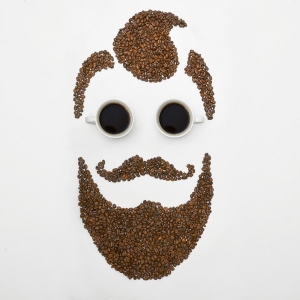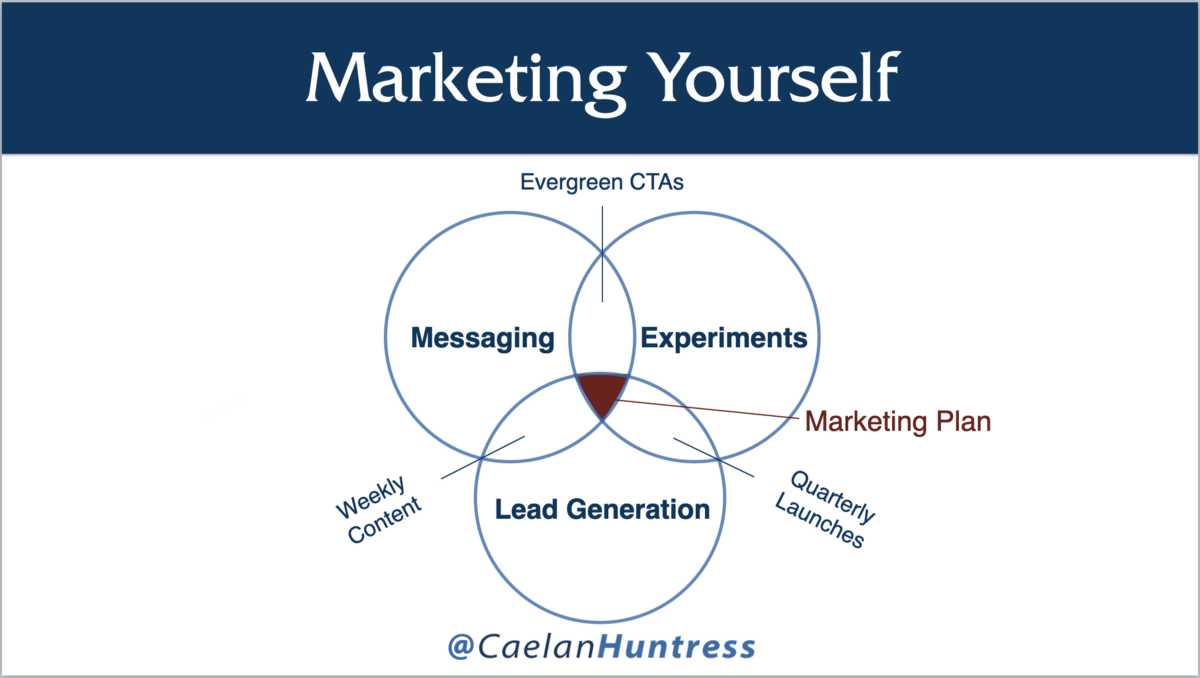Smart marketing is like a cup of coffee. The coffee that we drink, as beautiful and invigorating as it is, starts out completely differently than what ends up in our cup. Coffee begins life as a hard, greenish-coloured bean, and it does not look or smell remotely edible. It is not a food. Humans cannot digest it. Originally, the coffee plant evolved caffeine as a poison, to prevent small insects from eating its berries.
The poison dosage in the coffee plant is not lethal to primates 10,000 times larger than insects. Instead, caffeine gives us psychoactive effects when we consume it. This mood-altering drug can enhance our attention, increase our productivity, and stimulate our creativity.
(Related: Coffee Caused the Enlightenment by CGP Grey)
 The process for getting this drug out of an inedible bean is intense. I am astounded that our ancestors were able to figure this process out.
The process for getting this drug out of an inedible bean is intense. I am astounded that our ancestors were able to figure this process out.
First, you have to burn the bean - but not a lot. You only roast it. If you burn the coffee bean so that it catches on fire, then it becomes char and ash. But if you roast it slowly, getting it sort of burnt (but not really burnt), then you have completed the first step in the lengthy process of making coffee.
Next, you have to:
- grind this roasted bean into a powder
- mix it with boiling water (not regular water, but water that is too hot for you to even drink) and then
- strain all the ground roasted coffee beans out of the liquid.
By the end of this complicated potion-making process, the original material that you started with is completely gone. A cup of coffee is nothing like the source material from whence it came.
Marketing yourself is like brewing coffee. You start with different materials than what you deliver. It is subjected to a complex and esoteric process to create something new. It may end up nothing like what you started with, but it has been flavoured by what you’ve done.
Marketing Doesn’t Always Work
Every marketing initiative takes time and resources away from the core functions of your business. The worst part is, you can spend all this time and effort on marketing, and you don’t even know if it will be successful!
The hard truth is: a lot of your marketing will not work.
The good news is, every marketing failure teaches you a lesson about your business, your audience, and the journey from stranger to customer. You may delete those failed sales pages from your website, and throw that old stack of brochures in the recycling bin. But like the coffee grounds that were strained out of your coffee, all of those failed experiments will flavour your marketing in the future.
You Don’t Know Until You Fail
You will never discover if your spaghetti is ready until you boil the water, simmer it and wait for a while, and then check it. Many people throw spaghetti against the wall to test its readiness. If it sticks, it’s ready. If it’s not, let it boil a little longer.
To get the perfect texture, you need to remove your spaghetti before it turns to mush. You have to check too early. You need to fail experiments.
By the time you sit down for a meal of pasta bolognese, you don’t even remember those failed experiments. You threw some spaghetti against the wall, and you did it too early. The spaghetti didn’t stick. So you kept up the heat, stirred the pot, and tried again. Eventually, you made a wonderful meal.
Guide Your Business By Experiments
When you first try a new message or a new campaign, it is not going to be perfect. It might not even be close. If you’ve launched a campaign that went nowhere, welcome to the club! According to Julie Stoian, who has been creating funnels for more than a decade, you will not succeed on your first try.
“Most funnels don’t work when you launch them. Even if you’re a pro, it may take two, three, four, or ten tries until you get it right.” - Julie Stoian
An unfortunate truth of marketing is that it’s a lot of guesswork. You can find your way through a maze by sheer luck, guessing at every turn. Or you can be systematic and methodical about your experiments. Before spending a bunch of money on an advertising campaign, for example, it’s wise to experiment with your messaging in a small market first. Then you can measure variations of your messaging to see what is most effective.
Your Marketing = Messaging + Experiments + Lead Generation
Everyone’s marketing is a combination of these three critical areas. You craft your marketing through your copywriting, data analysis, and automations. When you achieve alignment between these three areas of your business, your marketing cycle loses friction.

I was talking to a client about the Google Analytics report on his website. He had a bunch of data, but didn’t know how to interpret it. After rearranging his dashboards, and giving him a strategic analysis, he said in exasperation, “What now? Once I know all of this data, what do I do with it?”
He was expecting an actionable plan. We discovered his highest bounce rates, and his longest times on page. He wanted to translate this knowledge into practical actions that he could take.
Instead, I broke it to him: reviewing your activity does not always give you quick and easy fixes to improve. Sometimes, all you get from data analysis is the ability to make better strategic decisions in the future. Oftentimes, that’s all you need to win at this game.
Craft Messaging That Matters To Your Audience
After you create some content to share, some people may like, comment, or subscribe. Others don’t. The quality of attention we receive can be just as important as the frequency of attention. Based on the resonance of your messaging experiments, you can measure what is effective. Good marketing is the art of giving, gaining, and directing attention.
You could only create content that you like, with no regard for what your audience likes. But the effectiveness of your marketing will be limited. Pay attention to what resonates with your audience, and modify your future messages to align with their responses. What you think will work is often different than what actually works.
“Half the money I spend on advertising is wasted; the trouble is I don’t know which half.” - John Wanamaker
You can blanket the world with messages, and try to guess what’s working. Or, you can methodically test in small segments, to identify what works best. You probably won’t get it right on the first try. Just keep experimenting with messaging until something begins to work.
The ultimate purpose of marketing is business growth.
Your marketing serves only one purpose: to collect new potential customers, and help them make a purchase. Anything else is getting in the way.

Guiding people through the 4-Step Marketing Cycle of Know, Like, Trust, and Buy is how strangers become customers. If they know you, but only a little bit, you can increase their knowledge of you before moving them to the next step in the cycle. Make someone a fan before you try to earn their trust. Enroll people in advocating for you before asking them to buy.
Success is a numbers game, so measure the numbers. Once every three months, measure the following metrics:
- New Leads
- New Subscribers
- New Customers
There are plenty of other metrics you can measure, and some of them you might want to review monthly, weekly, or even daily. (Here is a dashboard.) Failing experiments, reviewing your activity, and making new strategic decisions is how you iterate and improve your marketing.
This article is an excerpt from my book, ‘Marketing Yourself.’ You can read the whole book here.






Leave A Comment